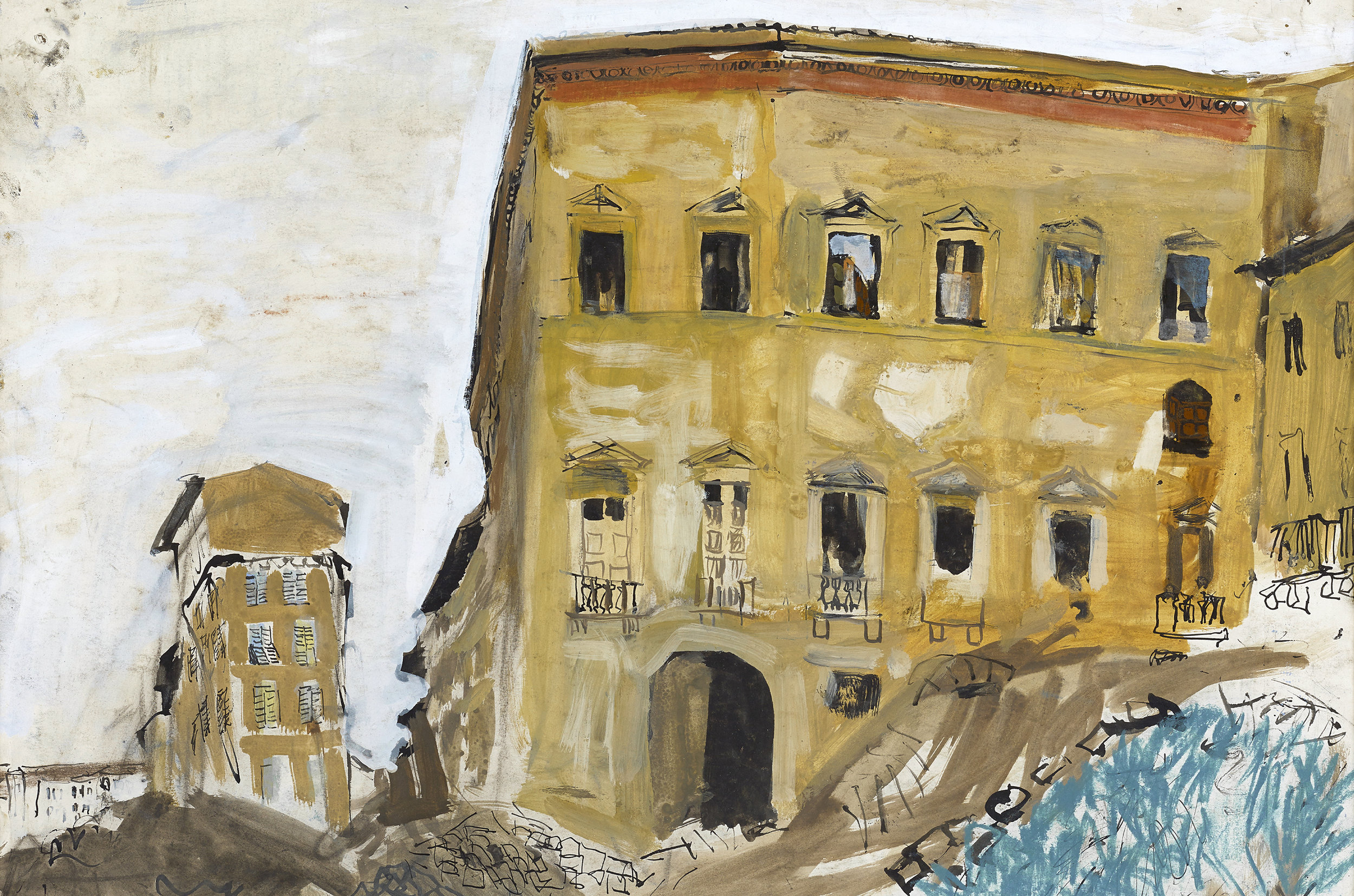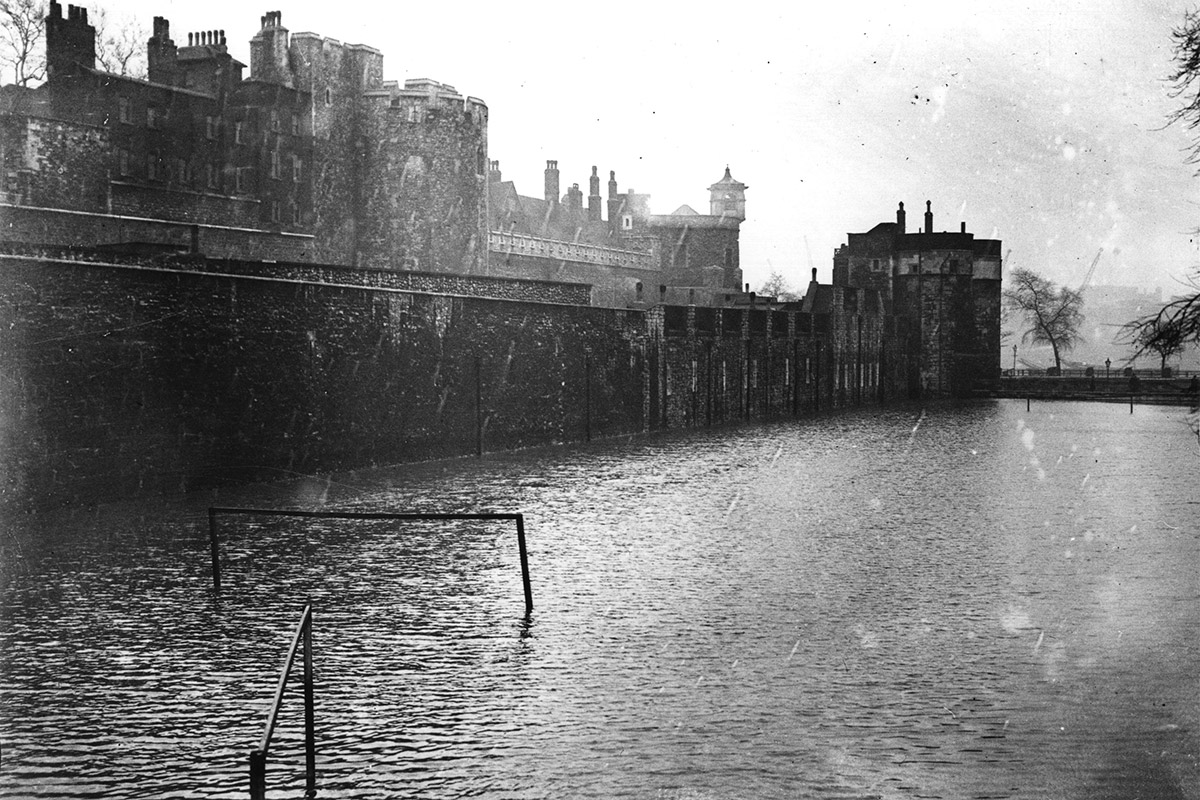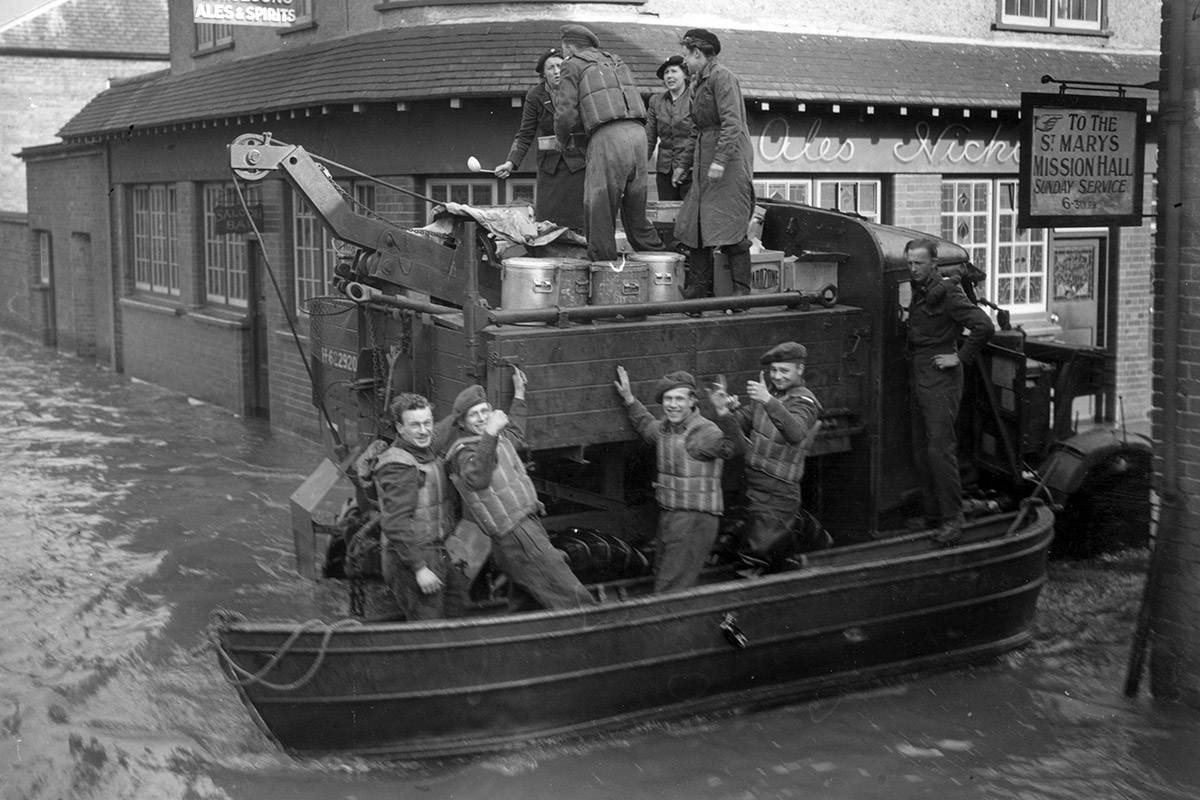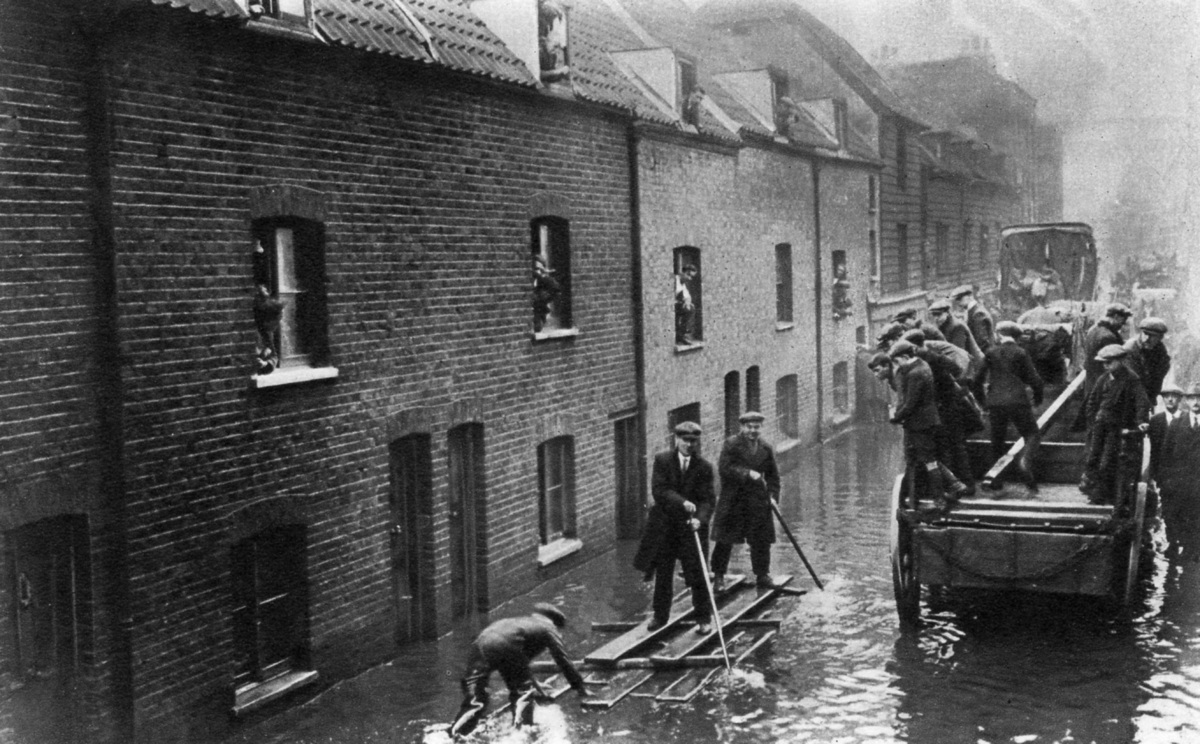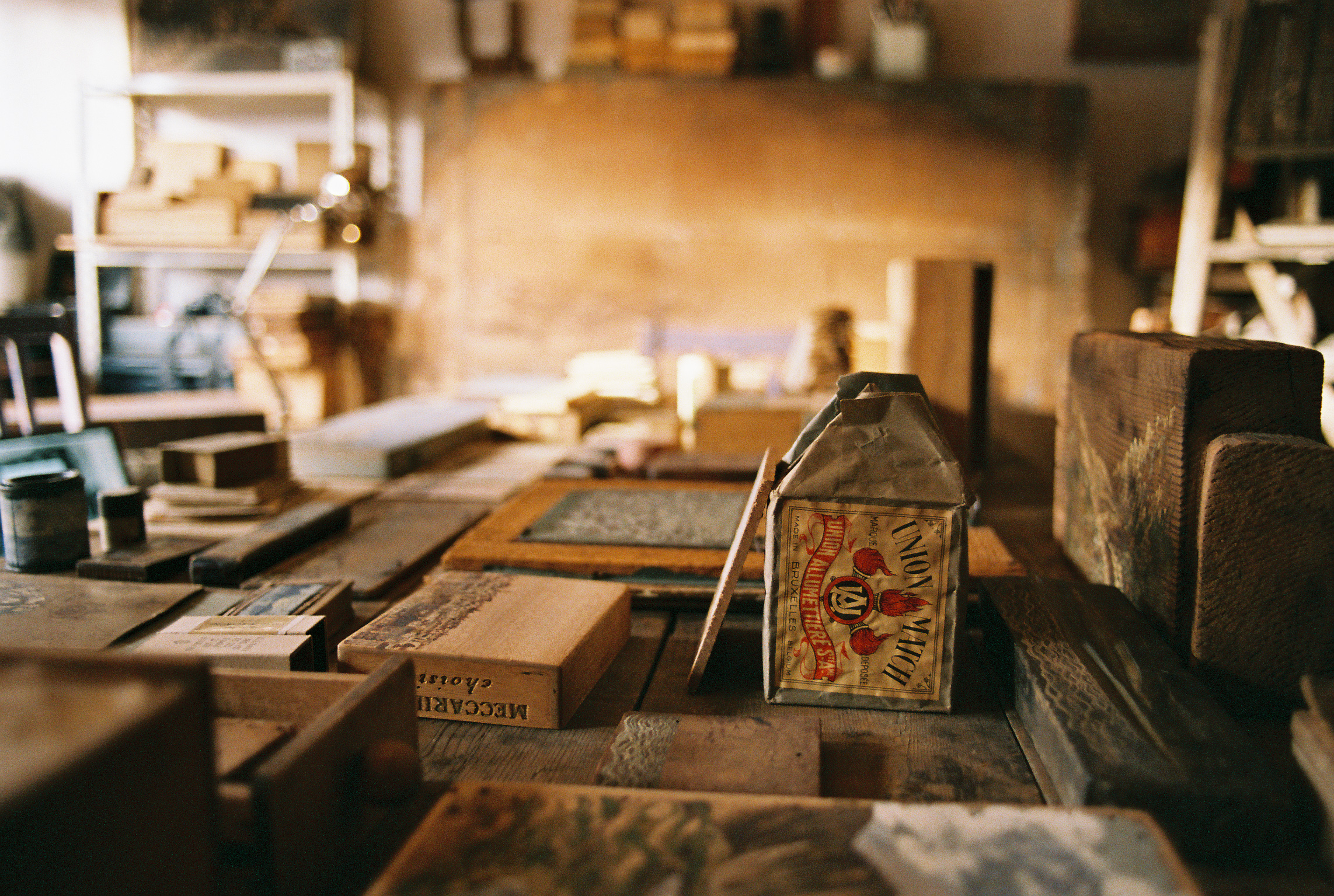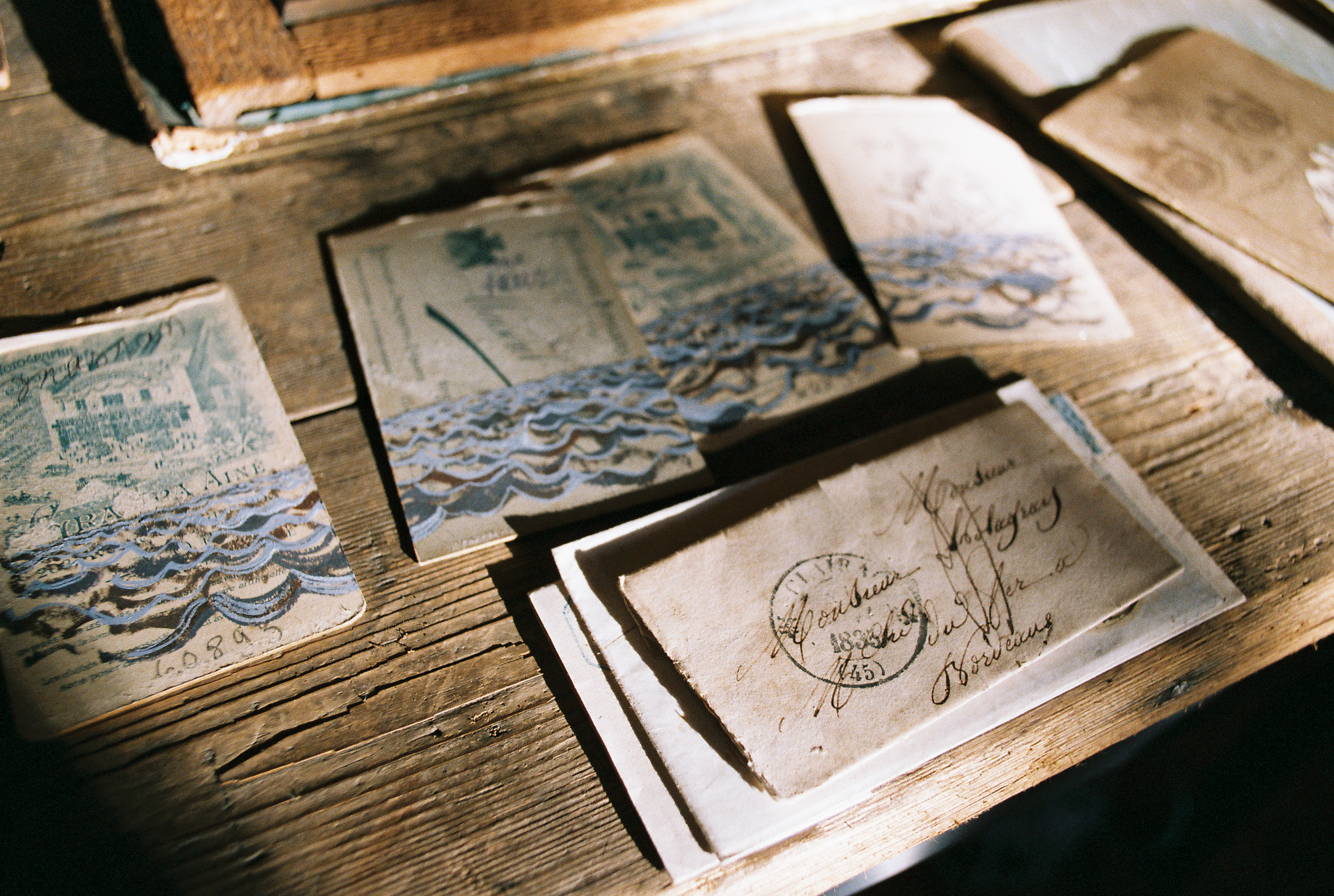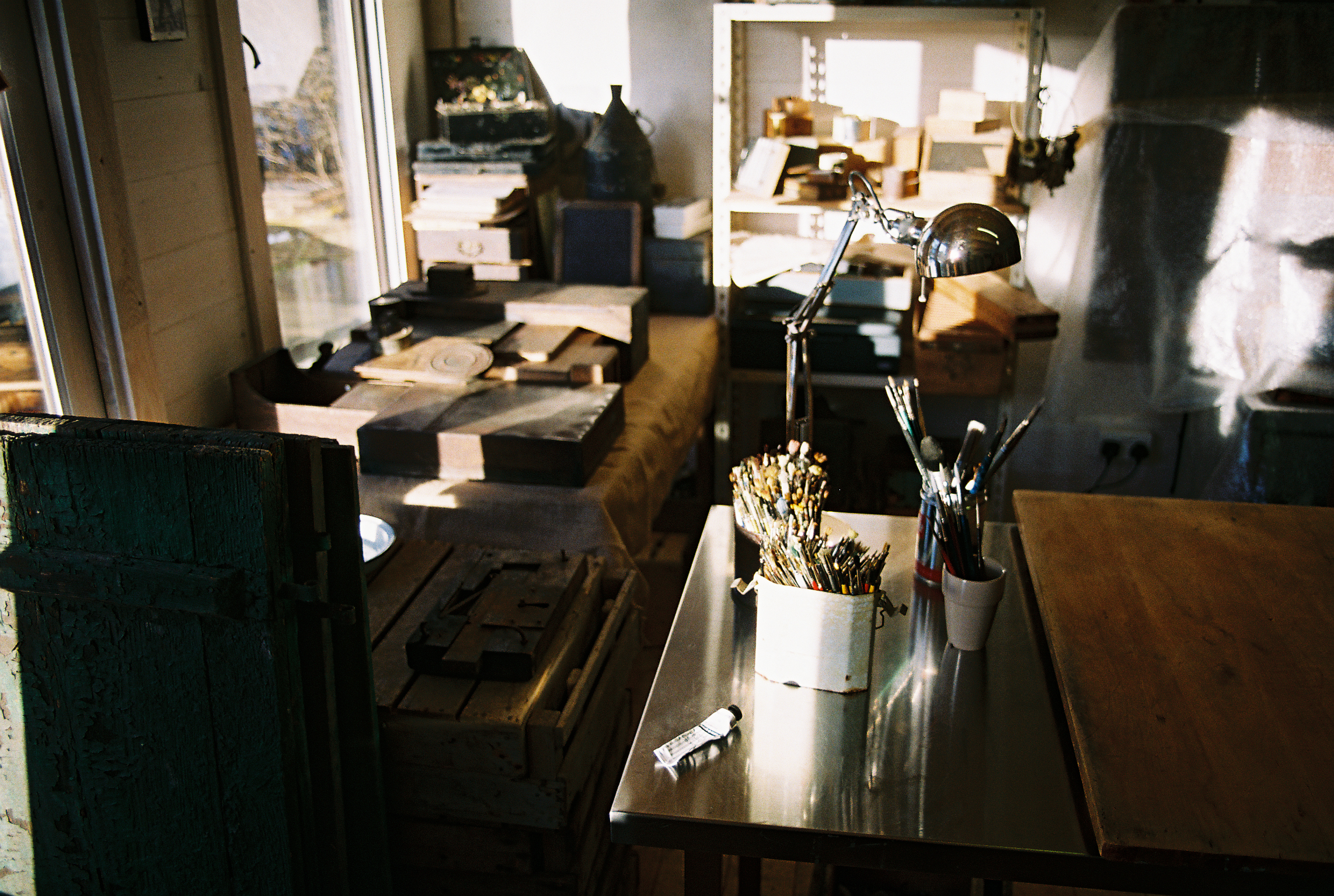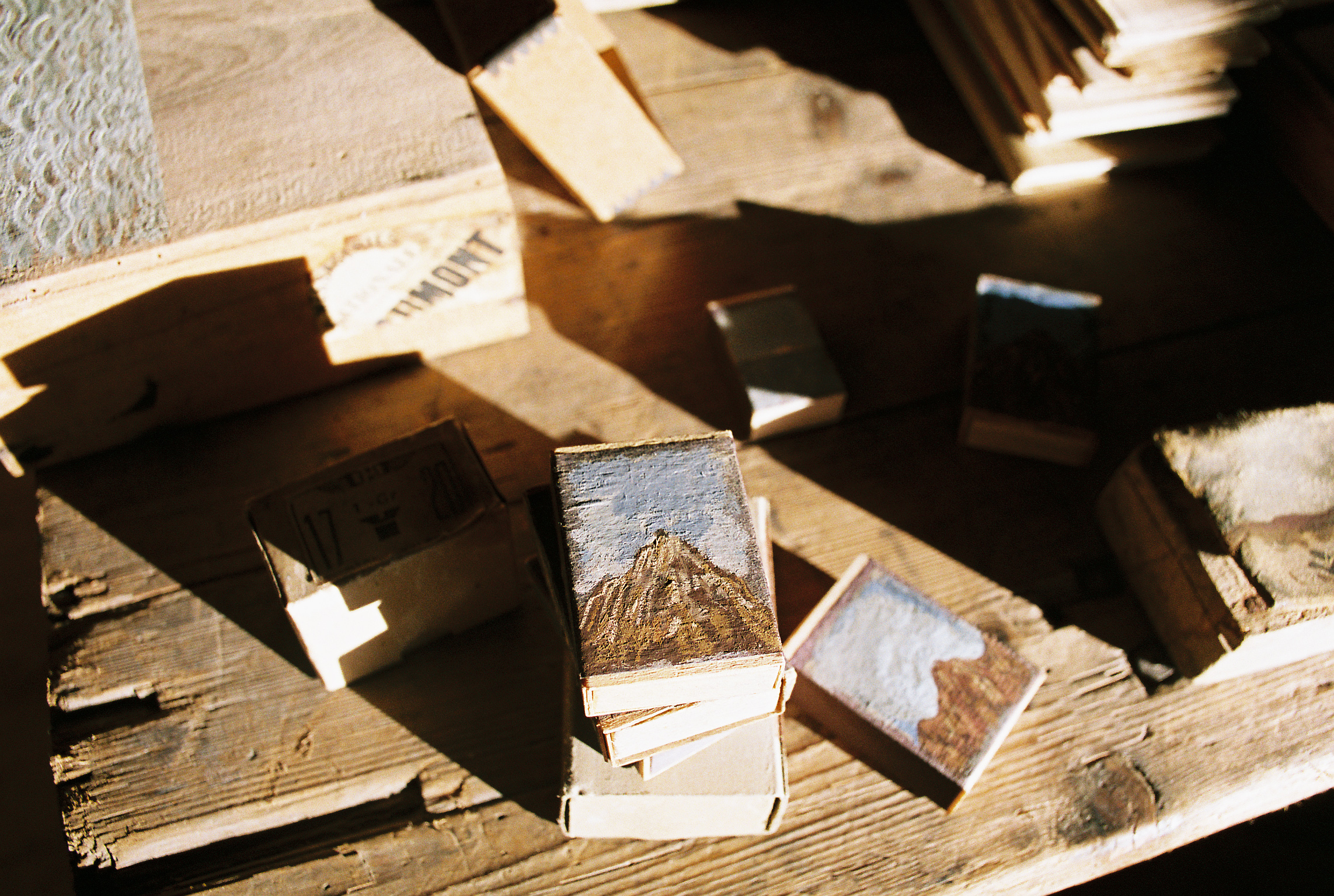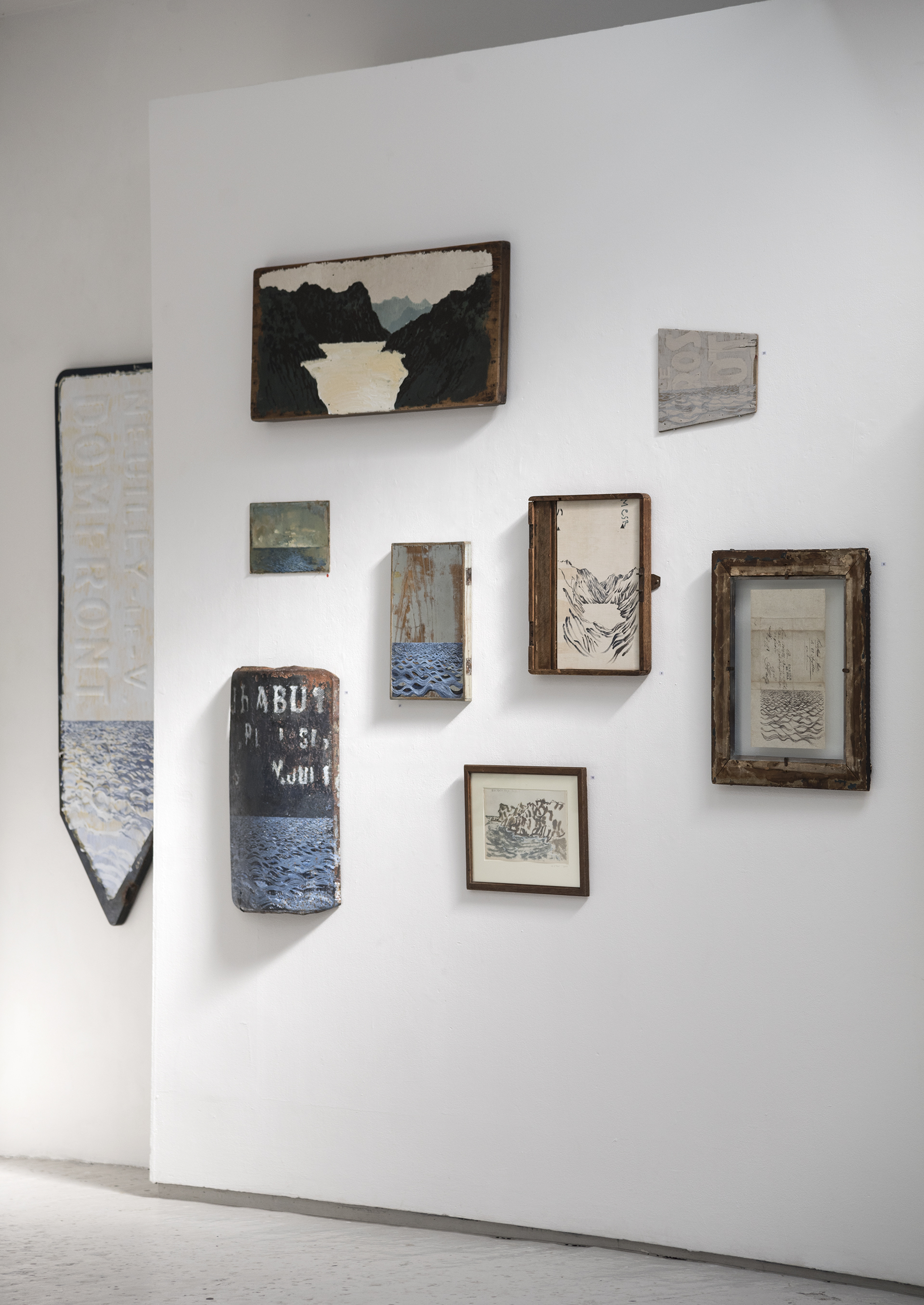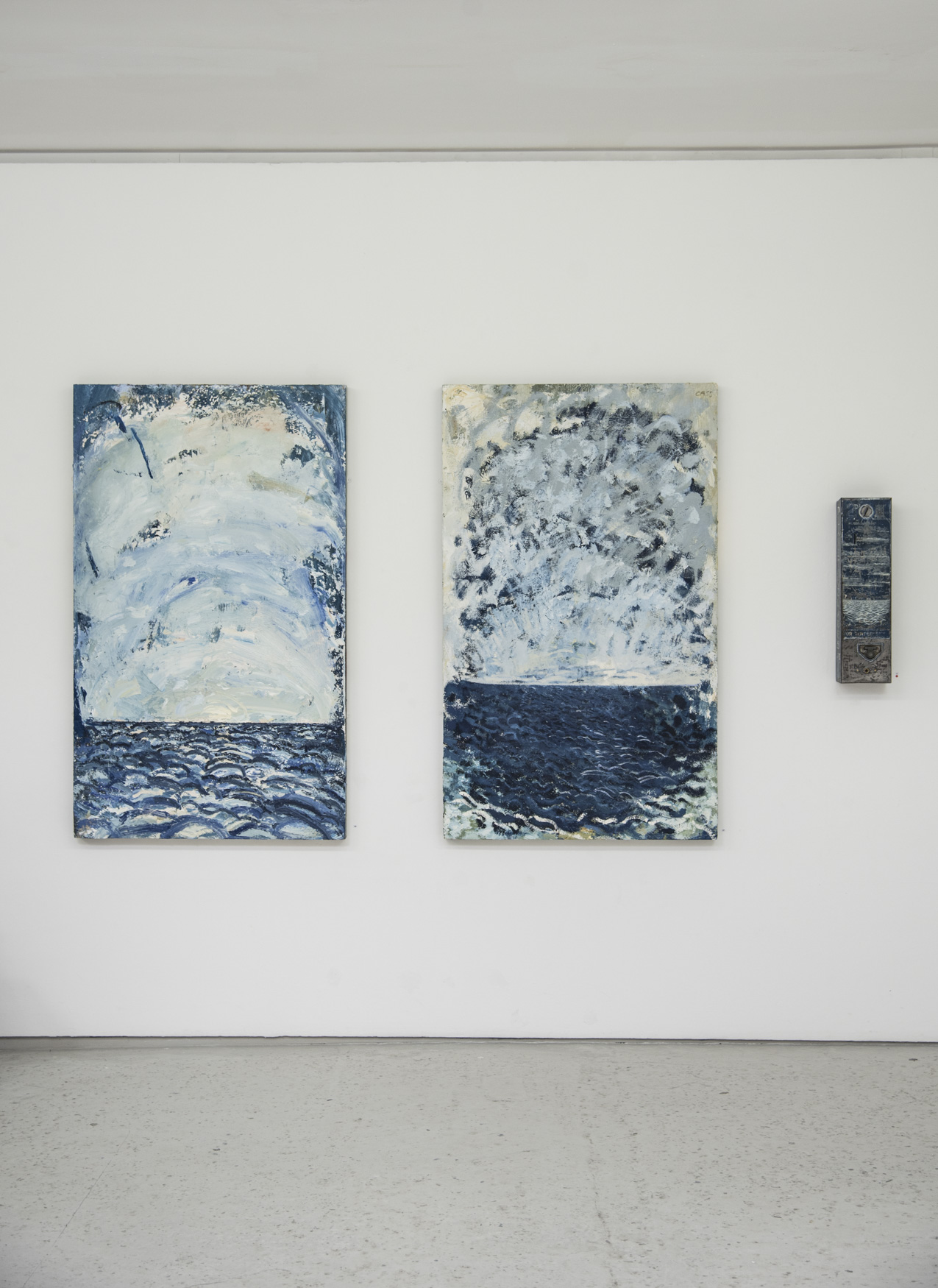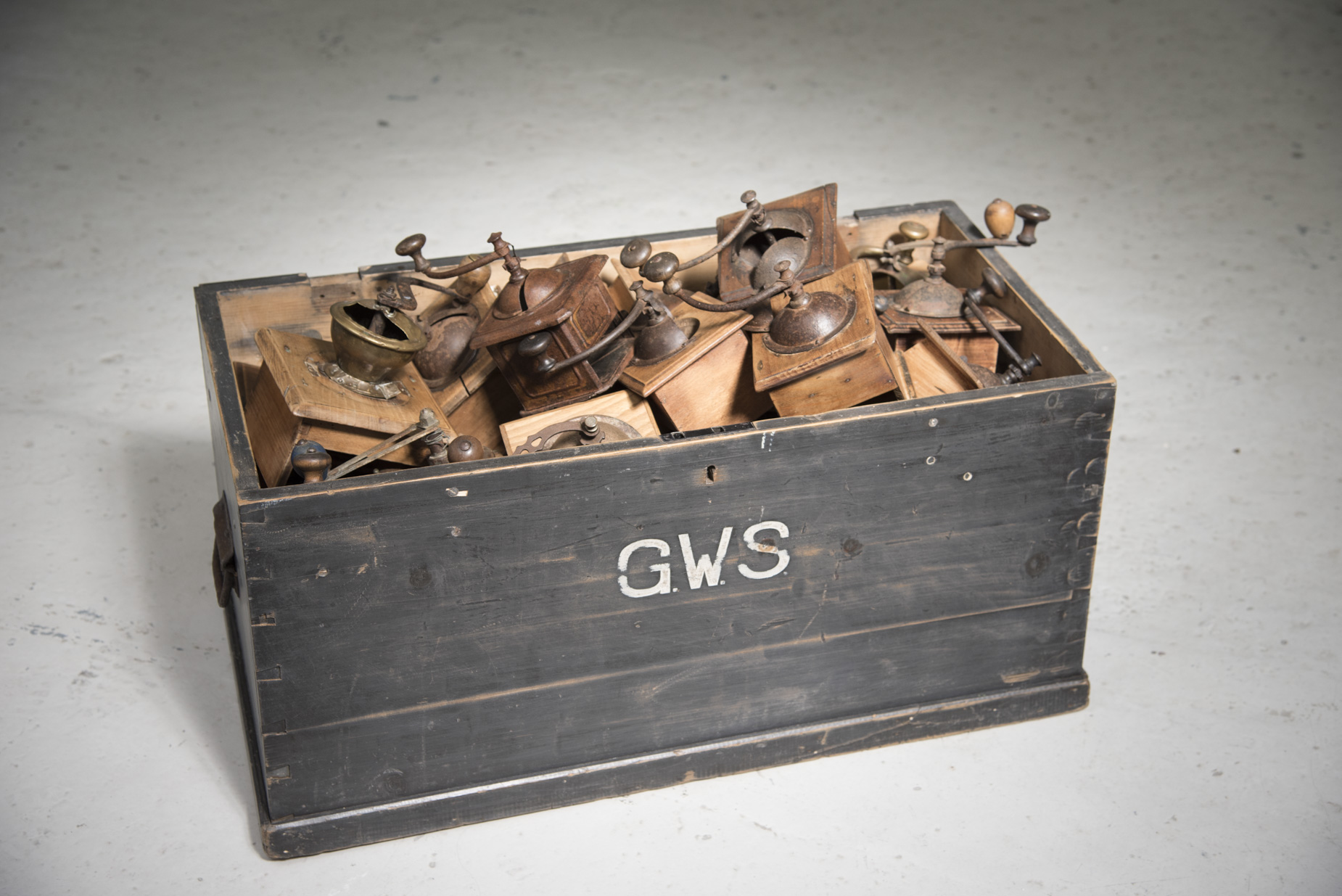Joan Eardley: Building, Palazzo Type (1948) Gouache 49 x 42 cm
I'm thrilled to be able to include Joan Eardley's 1948 Florence watercolour in Foreign / Familiar.
The works that form this exhibition are observations of the foreign ‘everyday’ through often overlooked architecture and city elements, and indeed scenarios that might not spring immediately to mind upon consideration of these locations. This is taken to a further extent in Eardley’s ‘Building, Palazzo Type’, for it was not only in Glasgow that the artist sought out derelict or dilapidated built-environment subjects. In this watercolour the noble proportions of a Florentine riverbank palazzo stand — quite unfamiliarly to the ancient structure — on unstable foundations, at a precarious angle, the rubble of restoration work all around, and with another isolated (spared) building standing exposed behind.
Eardley here is documenting the extreme restoration works necessitated by the devastation Florence endured at the end of the Second World War. The Germans had blown-up buildings along the river and each of the bridges that crossed it, except for Ponte Vecchio, which Officer Gerhard Wolf had ordered to be spared for personal reasons. Eardley’s watercolour depicts Piazza di Santa Maria Sopearno — along Lungarno Torrigiani and just behind Ponte Vecchio — and focusses on the still-standing Palazzo Tempi. This work therefore celebrates this steadfast ochre palazzo, one of many that line the riverbank, built some-time in the early fifteenth century and then restored three hundred years later to take the form that Eardley describes. Perhaps spared because of its close proximity to Ponte Vecchio, this beaming structure — owned by successive Florentine noble-families — has stood resolute throughout a turbulent history of siege, political struggle, war and repeated flooding*. Eardley’s painting presents this bastion as etched into that same history and memory, as familiar to the city’s inhabitants today as it would have been four hundred years ago.
*During the lifetime of Palazzo Tempi, Florence has endured seventeen small floods, sixteen large floods, and seven exceptional ones: most recently that of 1966, as seen in [Cass’s] Florence in flood project.


